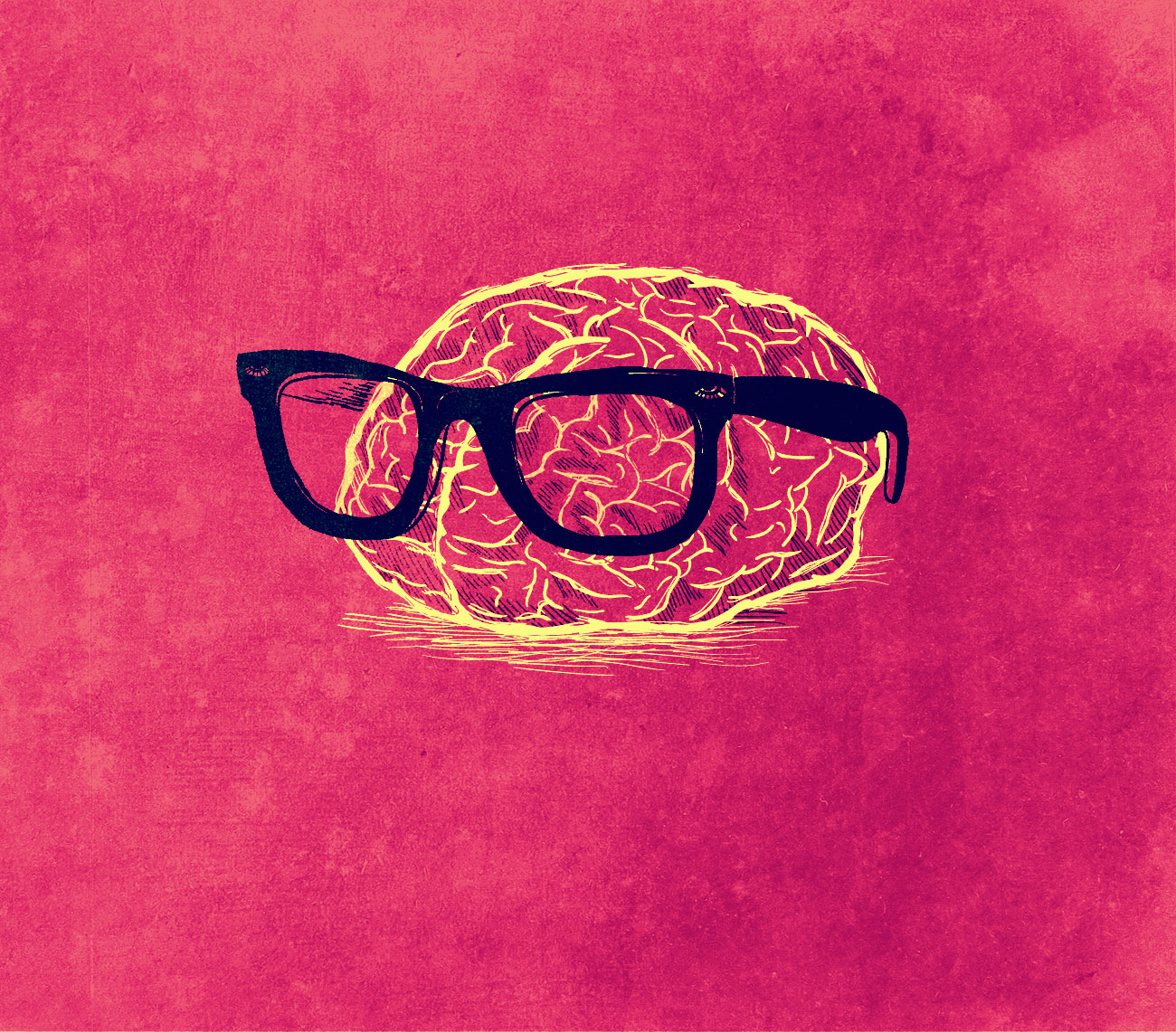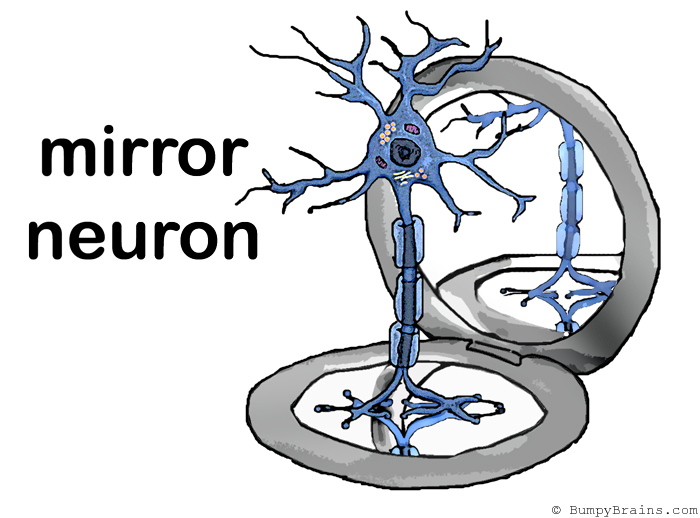Yawwwwwwn!
 |
http://www.bubblews.com/assets/images/news/1605114912_1385586293.jpg
|
Why do we yawn? More importantly,
why is yawning contagious? Why does simply seeing someone yawn or even thinking
about yawning make you want to yawn? Have you yawned yet? First off, let’s go
through some hypotheses of why people may yawn in the first place. I’m sure we have all heard the idea that we yawn because we are trying to obtain more air,
or oxygen, for our brain and body.
 |
http://treasure.diylol.com/uploads/post/image/628691/resized_dwight-schrute-meme-generator-yawn-i-m-so-tired-no-you-just-have-a-lack-of-oxygen-to-your-brain-7673d8.jpg
|
Well, I hate to burst your bubble,
but studies have shown that no matter how much oxygen is in the air around a
person, they aren’t more or less likely to yawn (Provine et al., 1987).
Similarly, when exercising, when the body really needs more oxygen, people do
not yawn more frequently than when at rest (Provine et al., 1987).
You may be thinking, “whoa Brett,
where are you coming up with all this 'low oxygen levels makes me yawn' shenanigans, I yawn when I’m sleepy”. Well,
you are correct, sort of. While many of us yawn early in the morning or late at
night, or even in the middle of class (usually when the professor is looking
straight at you), it may be because we are tired or bored, but there hasn’t
been enough research done to definitively say that we yawn because we are
tired.
So, what does make us yawn so
much? One of the leading hypotheses that research has supported to date has to do with
keeping it cool; your brain, that is.
 |
http://thecreativepanic.files.wordpress.com/
2011/06/cool_brain.jpg |
 |
| Gallup and Gallup, 2007 |
http://ksj.mit.edu/sites/default/files/images/tracker/2011/yawn2.jpg
|
Now, why is YAWWWWWNING so contagious?
Did I get you there? The answer lies within two mechanisms; a) the empathy model and b) the mirror neuron system.
a) The empathy model
For empathy, contagious yawning
is thought to be a primitive expression involved in self-awareness and "theory
of mind", or the ability to want to empathize with and infer what others want,
know, or intend to do (Platek et al., 2005). Therefore, seeing or hearing someone else
yawn may act as a stimulus that activates neurological signals that initiate
yawning (Platek et al., 2005). Functional Magnetic Resonance Imaging (fMRI) showed
that parts of the brain involved in empathy “lit up” in response to contagious
yawning (Platek et al., 2005). These areas included the posterior cingulate (Platek et al.,
2005), superior temporal sulcus (Schurmann et al., 2005), and the ventromedial
prefrontal cortex (Nahab et al., 2009) (Seen in the figure below; dark gray areas).
 |
| Guggisberg et al., 2010 |
 |
| Giganti and Ziello, 2009 |
Also, yawn ‘contagiousness’ has
been shown to be more contagious when viewing someone you can empathize more
with (i.e. family and friends). Therefore, one is more susceptible to a
contagious yawn from family (3) or friends (2), than from acquaintances (1) or
strangers (0) (Norscia and Palagi, 2011).
 |
| Norscia and Palagi, 2011 |
b) The mirror neuron
system.
 |
http://jonlieffmd.com/wp-content/uploads/2013/09/mirror_neuron.jpg
|
 |
http://upload.wikimedia.org/wikipedia/commons/d/d7/
Inferior_frontal_gyrus.png |
 |
| Haker et al., 2013 |
So, how many times did you yawn
while reading this blog? 1? 2? 3? 10? (Hopefully it wasn't because this blog was a snoozer). The next time you’re yawning in class or
while pulling an all nighter finishing your osmoregulation paper, think about
the reason why you might be yawning… Are you trying to cool your brain down to
make yourself more alert? Are you contagiously yawning due to empathy? If so, how
close are you with this person? Is this person a family member, friend,
acquaintance, or stranger? Or could you simply be activating mirror neurons in
your brain in response to observing the action of yawning? Either way, keep on yawning!
Are cats contagious yawners?
Enjoy this video of cute animals yawning!
Citations:
Gallup, A.C., G.G. Gallup 2007. Yawning as a Brain Cooling Mechanism :
Nasal Breathing and Forehead Cooling Diminish the Incidence of Contagious
Yawning. Evolutionary Psychology 5:92–101.
Giganti, F., and M.E. Ziello. 2009. Contagious and spontaneous yawning in
autistic and typically developing children. Current Psychology Letters 25:1–11.
Guggisberg, A. G., J. Mathis, A. Schnider, and C.W.
Hess. 2010. Why do we yawn? Neuroscience & Biobehavioral Reviews
34:1267–1276.
Haker, H., W. Kawohl, U. Herwig, and W. Rössler. 2013. Mirror neuron activity during
contagious yawning-an fMRI study. Brain
Imaging Behavior 7:28–34.
Iacoboni, M.
2009. Neurobiology of imitation. Current
Opinion in Neurobiology 19:
661–665.
Keysers, C.
1982. Quick guide Mirror neurons. 971–973.
Nahab,
F.B., N. Hattori, Z.S. Saad, and M. Hallet. 2009. Contagious yawning and the
frontal lobe: An fMRI study. Human Brain Mapping 30:1744-1751.
Norscia, I., and E. Palagi. 2011. Yawn contagion and empathy in Homo
sapiens. PLoS One 6:e28472.
Platek, S. M., F.B. Mohamed, and G.G. Gallup. 2005. Contagious yawning and the brain. Brain Research. Cognitive Brain Research
23:448–452.
Provine,
R.R., B.C. Tate, and L.L. Geldmacher. 1987. Yawning: no effect of 3-5% CO2,
100% O2, and exercise. Behavioral Neural Biology 48:382-393.
Rizzolatti, G., and L. Craighero. 2004. The mirror-neuron system. Annual Review of Neuroscience 27:169–92.
http://www.bubblews.com/assets/images/news/1605114912_1385586293.jpg
http://treasure.diylol.com/uploads/post/image/628691/resized_dwight-schrute-meme-generator-yawn-i-m-so-tired-no-you-just-have-a-lack-of-oxygen-to-your-brain-7673d8.jpg
http://thecreativepanic.files.wordpress.com/2011/06/cool_brain.jpg
http://jonlieffmd.com/wp-content/uploads/2013/09/mirror_neuron.jpg
http://upload.wikimedia.org/wikipedia/commons/d/d7/Inferior_frontal_gyrus.png
http://ksj.mit.edu/sites/default/files/images/tracker/2011/yawn2.jpg
http://www.youtube.com/watch?v=dsWcu_xU02Q
http://www.youtube.com/watch?v=B907aaDw7Ec

No comments:
Post a Comment